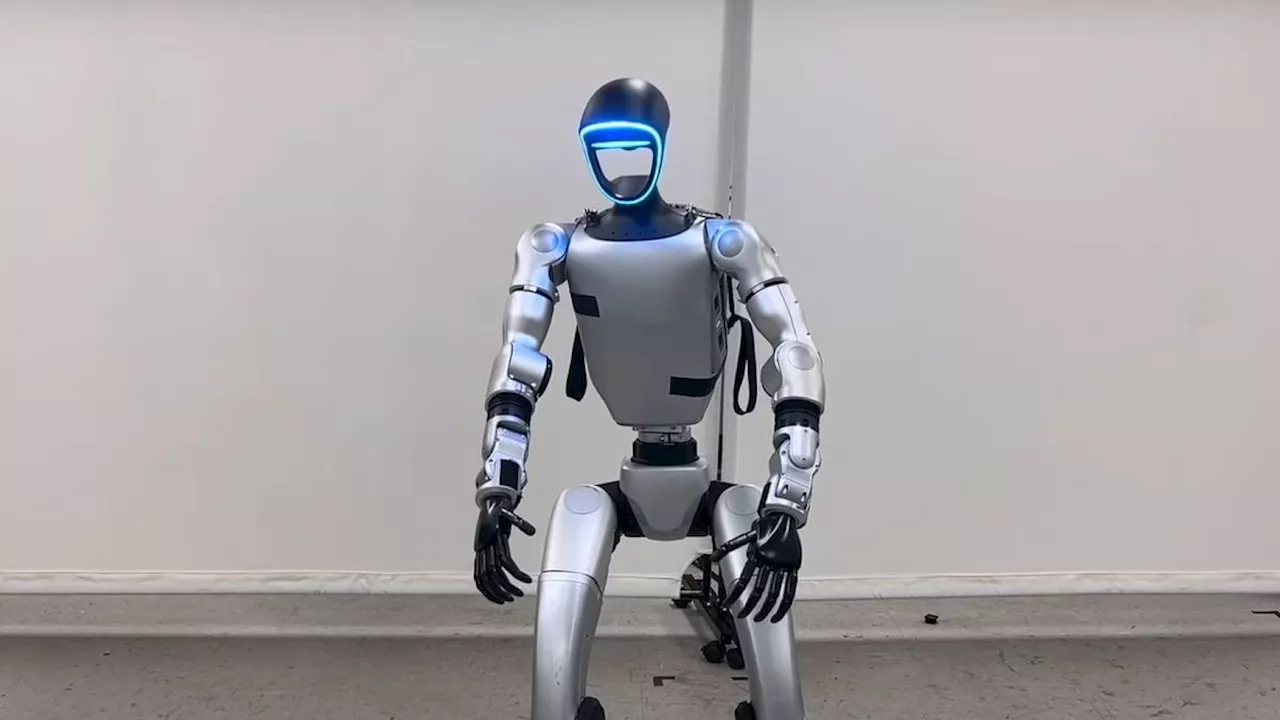A new software framework called 'ExBody2' developed by researchers at UC San Diego, UC Berkeley, MIT, and Nvidia allows humanoid robots to perform realistic movements based on detailed scans and motion-tracked visualizations of humans. This technology has the potential to revolutionize the capabilities of robots, enabling them to perform a wider range of tasks, from retrieving items from shelves to navigating complex environments with care around humans or other machinery.
Humanoid robots are on the verge of achieving far more realistic movements, potentially even dancing like humans, thanks to a groundbreaking software framework called 'ExBody2'. Developed by a consortium of researchers from UC San Diego, UC Berkeley, MIT, and Nvidia, ExBody2 empowers humanoid robots to execute lifelike actions by leveraging detailed scans and motion-tracked visualizations of human movements.
This innovative technology holds the promise of enabling robots to perform a wider array of tasks by more accurately mimicking human actions. For instance, robots trained with ExBody2 could excel in roles requiring dexterity, such as retrieving items from shelves, or navigate complex environments with care around humans or other machinery.ExBody2 operates by transforming simulated movements derived from motion-capture scans of humans into actionable motion data that robots can readily replicate. This framework excels at replicating intricate movements, allowing robots to move with less rigidity and adapt to diverse tasks without extensive retraining. Reinforcement learning, a subset of machine learning, forms the cornerstone of this process. The robot is inundated with vast amounts of data to ensure it selects the most optimal course of action in any given situation. Researchers evaluate the robot's performance by assigning positive or negative scores to good or bad outputs, respectively, essentially rewarding the model for achieving precise replications of human movements without compromising stability.Furthermore, ExBody2 can synthesize new frames of movement from short motion clips, such as a few seconds of dancing, enabling robots to execute longer, more complex sequences. A compelling demonstration showcases a robot trained through ExBody2 dancing, sparring, and exercising alongside a human subject. The robot even mirrors a researcher's movements in real-time, utilizing additional code called 'HybrIK: Hybrid Analytical-Neural Inverse Kinematics for Body Mesh Recovery' developed by the Machine Vision and Intelligence Group at Shanghai Jiao Tong University. Currently, ExBody2's dataset primarily focuses on upper-body movements. Researchers acknowledge that incorporating more intricate lower-body movements poses a risk of instability. To mitigate this, they carefully curate the dataset, excluding or modifying entries featuring complex lower-body motions beyond the robot's capabilities. The dataset, which comprises over 2,800 movements, including 1,919 sourced from the AMASS (Archive of Motion Capture As Surface Shapes) dataset, is a testament to this meticulous selection process.The team's future endeavors will concentrate on refining the data acquisition process to eliminate the need for manual curation, paving the way for more seamless and efficient training. The researchers envision automated dataset collection as a crucial step toward achieving this goal
ROBOTICS MACHINE LEARNING EXBODY2 HUMAN MOTION REINFORCEMENT LEARNING AUTOMATION
United States Latest News, United States Headlines
Similar News:You can also read news stories similar to this one that we have collected from other news sources.
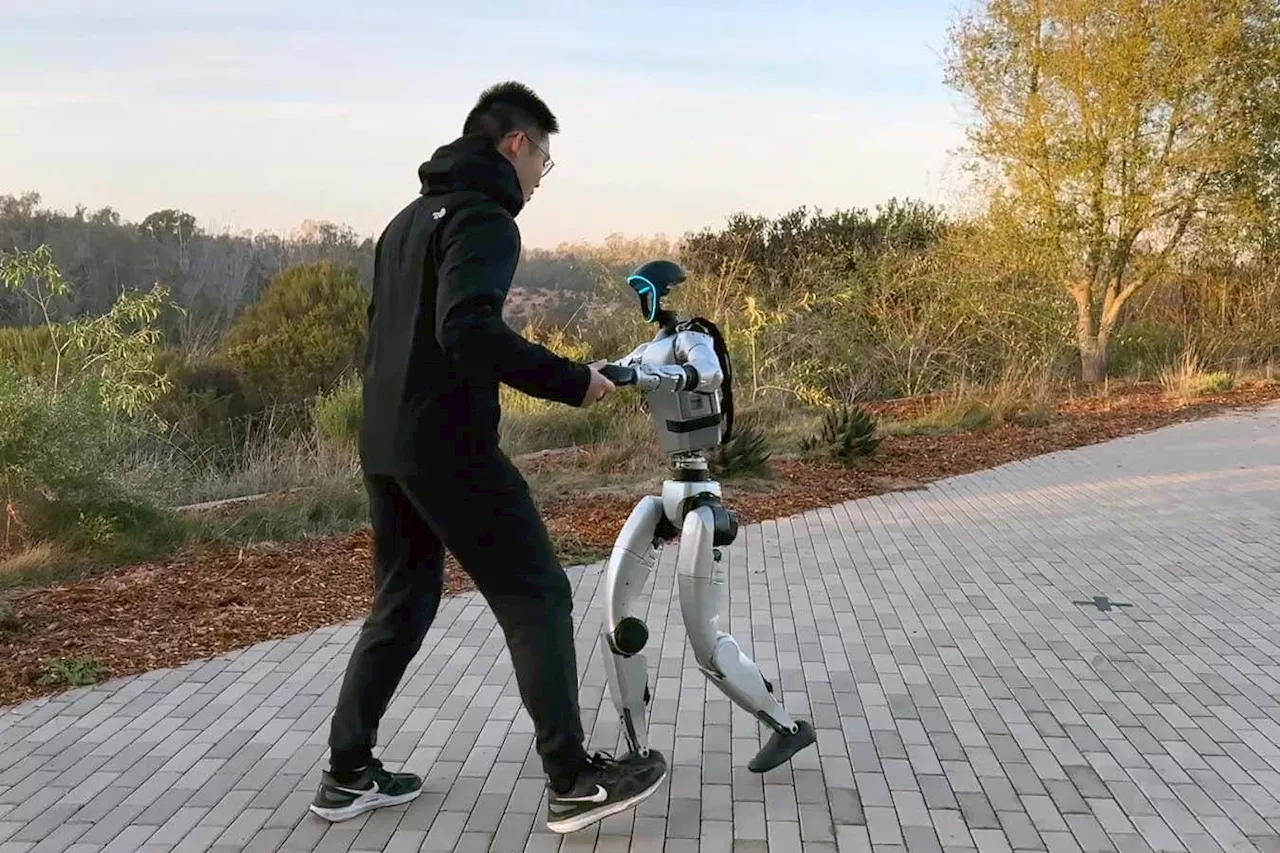 AI Enables Humanoid Robots to Mimic Movements with Lifelike PrecisionResearchers at the University of California, San Diego have developed ExBody2, an AI that allows humanoid robots to learn and execute a wide variety of human movements with remarkable fluidity. By training on a database of human motion capture data, ExBody2 utilizes reinforcement learning to master complex actions, from simple walking to intricate dance routines and even fighting. This breakthrough paves the way for robots to interact with the world in more natural and convincing ways.
AI Enables Humanoid Robots to Mimic Movements with Lifelike PrecisionResearchers at the University of California, San Diego have developed ExBody2, an AI that allows humanoid robots to learn and execute a wide variety of human movements with remarkable fluidity. By training on a database of human motion capture data, ExBody2 utilizes reinforcement learning to master complex actions, from simple walking to intricate dance routines and even fighting. This breakthrough paves the way for robots to interact with the world in more natural and convincing ways.
Read more »
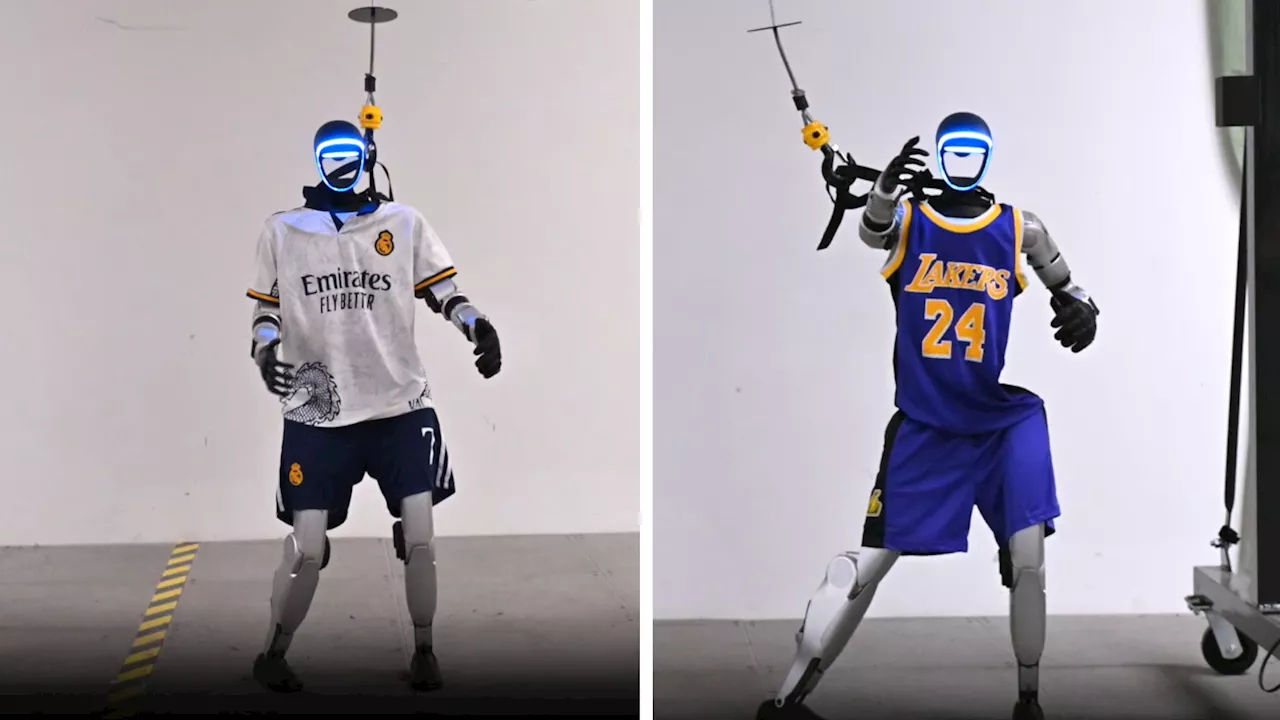 AI Enables Humanoid Robots to Perform Dazzling Athletic ManeuversResearchers from Carnegie Mellon University and NVIDIA have developed an AI framework called ASAP that allows humanoid robots to execute advanced athletic maneuvers with exceptional agility. The framework addresses the dynamics mismatch between simulation and the real world by pre-training motion tracking in simulation and refining policies with real-world data.
AI Enables Humanoid Robots to Perform Dazzling Athletic ManeuversResearchers from Carnegie Mellon University and NVIDIA have developed an AI framework called ASAP that allows humanoid robots to execute advanced athletic maneuvers with exceptional agility. The framework addresses the dynamics mismatch between simulation and the real world by pre-training motion tracking in simulation and refining policies with real-world data.
Read more »
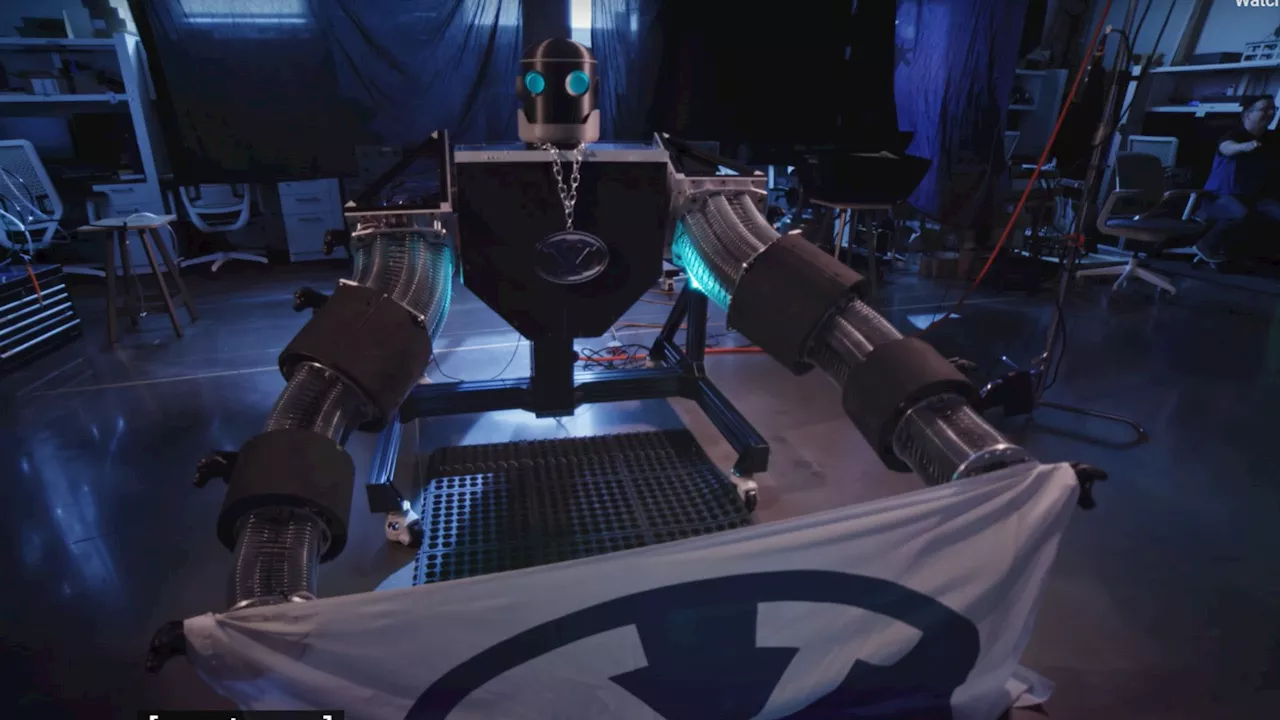 Soft Robots Revolutionize Human-Robot CollaborationResearchers at BYU are developing innovative soft robots that can safely and effectively collaborate with humans in various tasks. These robots, such as Baloo, are designed to be intuitive and adaptable, moving beyond the limitations of traditional rigid robots.
Soft Robots Revolutionize Human-Robot CollaborationResearchers at BYU are developing innovative soft robots that can safely and effectively collaborate with humans in various tasks. These robots, such as Baloo, are designed to be intuitive and adaptable, moving beyond the limitations of traditional rigid robots.
Read more »
 Verizon Enables Satellite Communication on Galaxy S25 Series Via Skylo PartnershipVerizon is quietly rolling out satellite communication capabilities on its network, powered by Skylo, through the Galaxy S25 series. This groundbreaking feature enables users to send and receive messages via non-terrestrial network (NTN) satellites, even without cellular coverage.
Verizon Enables Satellite Communication on Galaxy S25 Series Via Skylo PartnershipVerizon is quietly rolling out satellite communication capabilities on its network, powered by Skylo, through the Galaxy S25 series. This groundbreaking feature enables users to send and receive messages via non-terrestrial network (NTN) satellites, even without cellular coverage.
Read more »
 Jeff Bezos enables Trump's threat to democracy, Washington Post columnist Rubin says as she quitsAmazon founder Jeff Bezos has faced criticism since killing a Washington Post endorsement of Kamala Harris in the election against Donald Trump.
Jeff Bezos enables Trump's threat to democracy, Washington Post columnist Rubin says as she quitsAmazon founder Jeff Bezos has faced criticism since killing a Washington Post endorsement of Kamala Harris in the election against Donald Trump.
Read more »
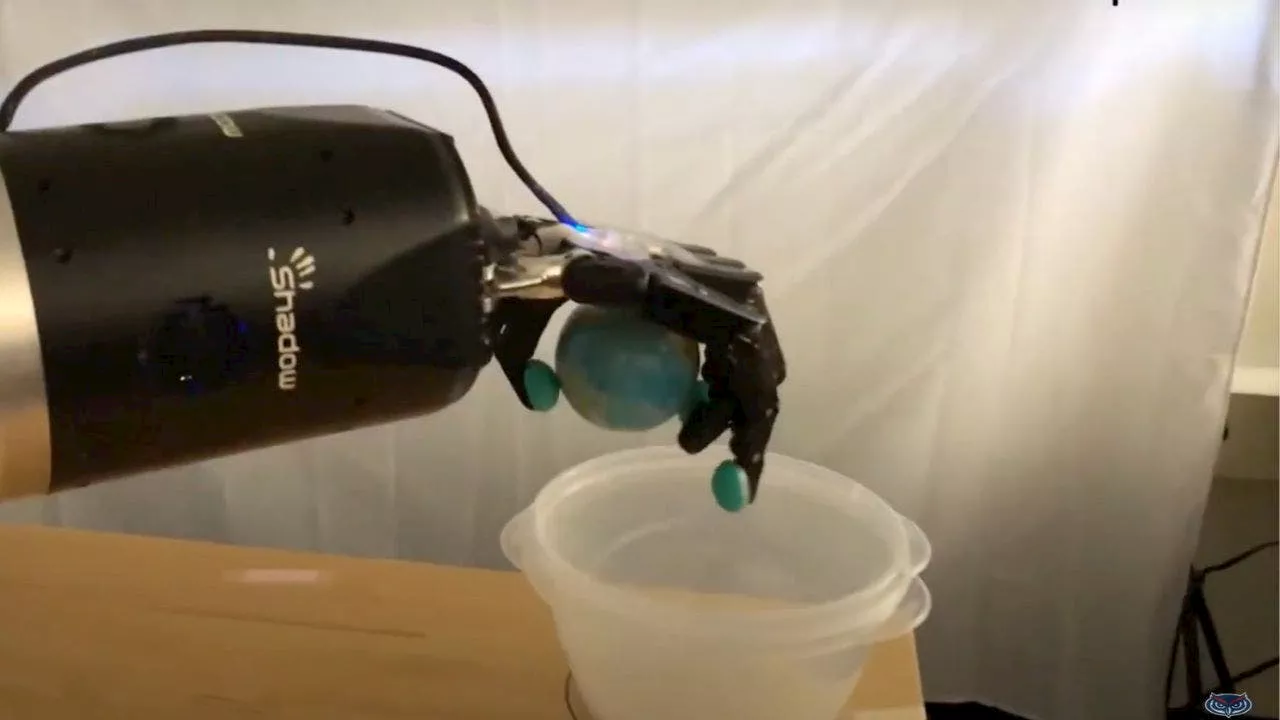 Groundbreaking Study Enables Users to Grasp Two Objects Simultaneously with a Prosthetic HandFlorida Atlantic University researchers have made a breakthrough in prosthetic hand technology, enabling users to grasp two objects at once thanks to a combination of haptic feedback, electromyogram control, and a wearable soft robotic armband.
Groundbreaking Study Enables Users to Grasp Two Objects Simultaneously with a Prosthetic HandFlorida Atlantic University researchers have made a breakthrough in prosthetic hand technology, enabling users to grasp two objects at once thanks to a combination of haptic feedback, electromyogram control, and a wearable soft robotic armband.
Read more »
